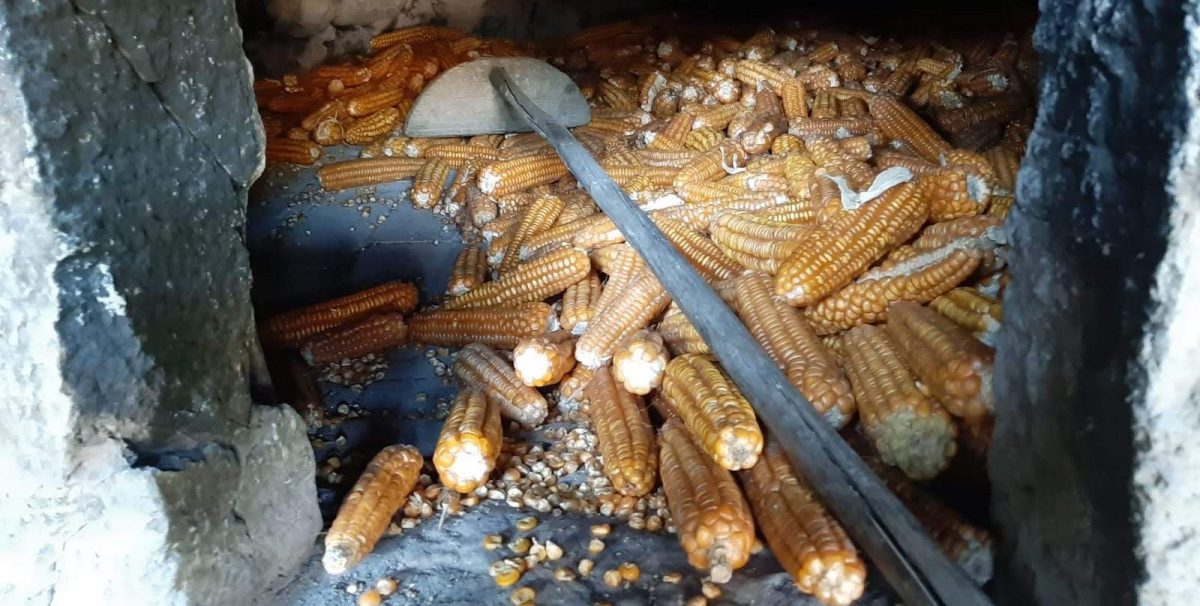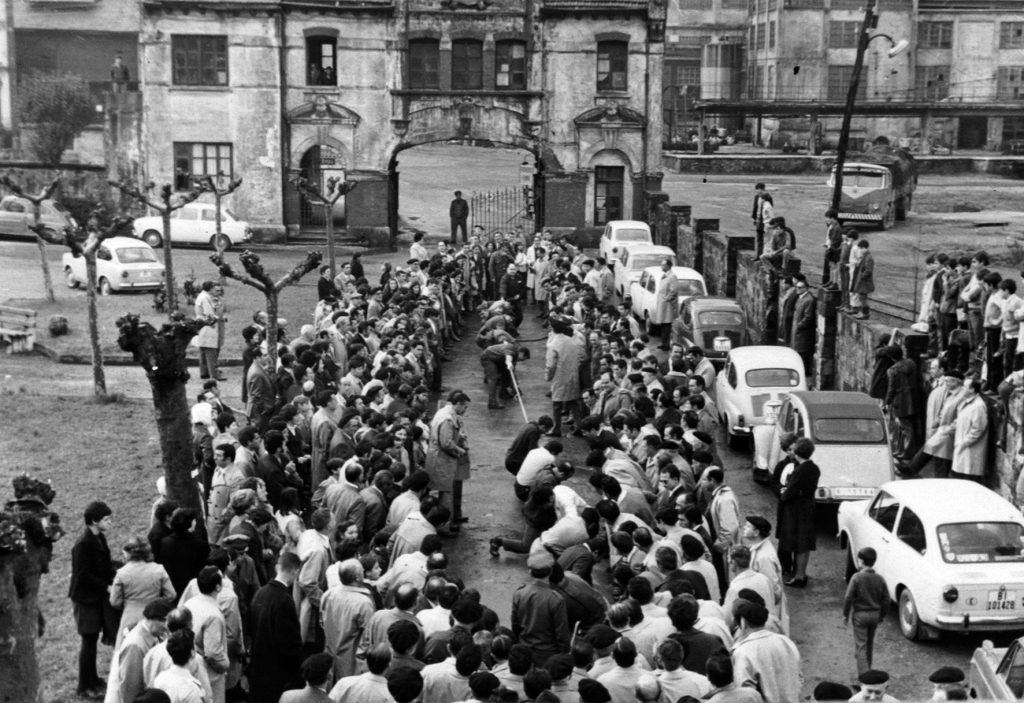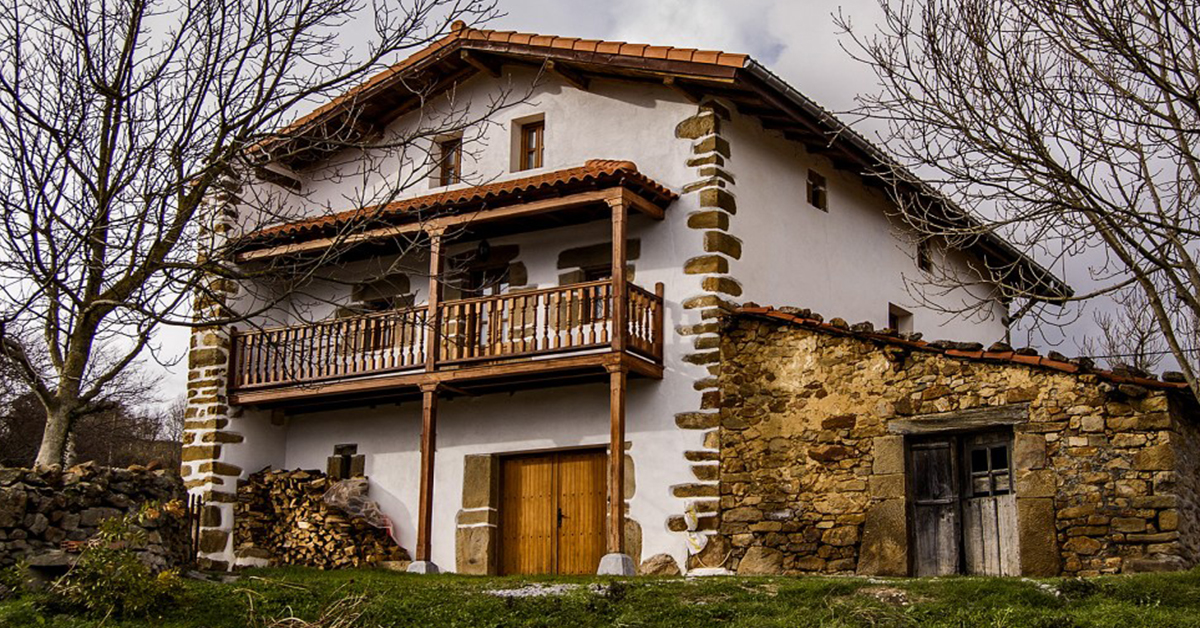Basque ethnography at a glance

Slopes of Eneabe. Ubide (Bizkaia), December 1996. José Ignacio García Muñoz. Labayru Fundazioa Photographic Archive.
Spring-summer transhumance and transterminance, both implying movement of flocks to high pastures, were defined and dealt with in a previous post published on 17 May 2019.
With winter approaching, herds are brought down from the highlands, since adverse weather hamper the stay. And as the vegetative growth of grass stops or slows down due to cold winter temperatures, and there is not enough pasture in the lower valleys, herds are moved towards coastal areas, where milder temperatures prevail, or to warmer innermost regions of the country, such as the Royal Bardenas, frequented by most Pyrenean flocks, or even as far as Ebro Valley. (more…)

Grain drying. Armintza, Lemoiz (Bizkaia), 2019. Enrike Gaubeka. Labayru Fundazioa Photographic Archive.
This is a follow-up of a previous post, published on 26 April 2019, dedicated to the cultivation and harvesting of maize.
Freshly-harvested, tender maize ears were roasted in the traditional wood-burning oven used for baking bread. Flour from oven-roasted maize grain (labartoa) is ideal for making flatbreads (taloak), typically soaked in milk or accompanied with pan-fried pork products (sartenekoa) such as chorizo and other fatty meat cuts. Maize flatbreads used to be toasted on a griddled placed over the glowing coals of the hearth (behesua) in the very old days, and on the kitchen stove (txapea) more recently. (more…)
An auxiliary construction, usually attached to the house though sometimes detached from it, known as rocha used to be quite common, as senior locals in the Valley of Carranza (Bizkaia) recall.
The earliest record of that type of building appears in writing, in a letter sent by Diego de Ahedo, native of Carranza and Archbishop of Palermo, from Sicily to his nephew Pedro Ochoa de Ahedo, resident in the Valley. The letter is dated 15 January 1588, and in it mention is made of an annex where threshed grain was store: “it is now preferable and most convenient to store it in the outhouse where cider used to be made and kept”. (more…)



